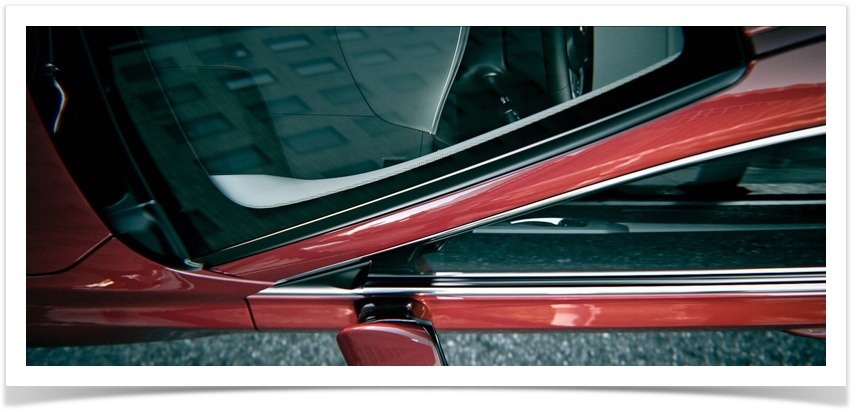Maxwell Materials
Dan Abrams, http://folio.superbaka.com
Working with material "Types" vs the advanced material editor
In Maxwell V3 we introduced the concept of material Types, which use a reduced set of intuitive parameters that greatly simplify and speed up the material creation process. These are the current simplified Types available:
- Metal (all kinds of metals)
- Opaque (any kind of opaque diffuse or shiny materials such as solid plastics, shiny wooden floors, concrete etc.)
- Transparent (all transparent glass and plastic materials which are not translucent - ie, they do not have sub surface scattering)
- Translucent (all transparent and semi transparent materials which are translucent - plastics, marble, milk)
- Car paint (for creating multilayered paints such as metallic car paint)
- Cloth (useful for velvet, satin, and any other types of cloth)
- AGS (special transparent material useful for speeding up interior renders - see the Architectural Glass Solution (AGS) page for details)
Besides these simplified types there are also 3 general material "categories":
- Emitter (for creating light emitting materials and light projectors)
- Custom (this simply switches the material editor to the advanced version)
- MXM Reference (lets you load an external standalone Maxwell material file (.MXM) - see the Referenced Materials page for details).
It is important to note that these simplified Types do nothing more than simplify the UI of material creation, adjusting behind the scenes several parameters in the advanced editor - there is no difference in render quality between using Types or custom materials created from scratch using the advanced editor.
Converting a material created using a Type to the advanced editor
When working with a Type, you can at any time click the "Convert to Advanced" button to switch the material to the advanced editor - thus revealing the full material editor. Please note that this is a one-way conversion - you can't convert this material back to a Type. This is because it's impossible to accommodate all the parameters found in the full material editor back to a certain Type, which only uses a subset of these parameters.
Should I use Types or the Advanced Editor?
Creating materials using Types has two great advantages - speed and simplicity. Even if you are already comfortable using the advanced editor, you may find that in many cases you can create materials much faster by starting from a Type rather than creating it from scratch in the advanced editor. For new users, the advanced editor seems daunting, with too many possibilities and too many parameters interacting. With Types, we have tried to give intuitive, common names to the parameters where possible, and we display only the parameters needed for that particular Type.
Types have another great benefit for new users - it keeps you from making some mistakes when creating materials which can slow down the render or produce strange results. For example you may forget you changed some parameters related to transparency in the advanced editor, when in fact you wanted to create an opaque material. If you now apply this material to a wall - strange things will happen ![]()
So we strongly recommend to use Types if you are new to Maxwell, and also keep in mind it is a starting point for understanding the advanced editor.
The disadvantage of simplicity is that it offers you less flexibility. Even though the Types will allow you to create well over 90% of commonly used materials, there will be cases where you want a more complex material with several different layers, multiple highlights, more subtle control etc. So when you start feeling comfortable with Maxwell and the simplified Types, we encourage you to check out the the documentation and examples of the advanced editor - you will find that some of the parameters have exactly the same name as in the Types, which makes transition easier, while others are based on common naming conventions from the physics of light interaction.
